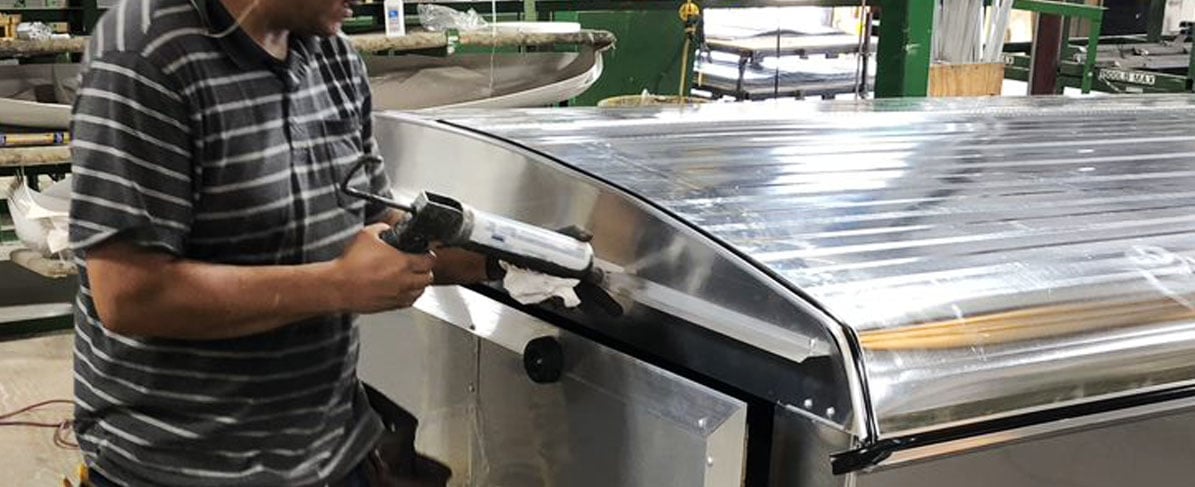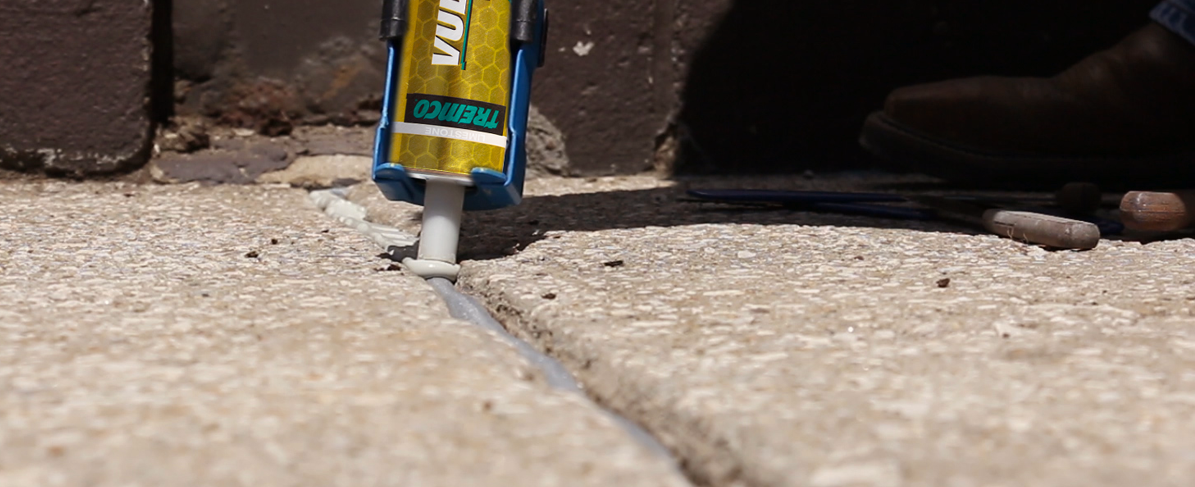Butyl tape and liquid sealants are two of the most common sealing materials for in-plant or offsite building construction. While both are used to create a waterproof seal, the technologies differ in their composition, application methods, and effectiveness in different scenarios.
What’s the Seal?
 Butyl tape, such as Tremco 440 tape, is a self-adhesive tape that is made of butyl rubber, a synthetic rubber that is a copolymer of isobutylene and a small amount of isoprene. It is commonly used for sealing and joining applications, as well as for waterproofing roofs, walls, and other surfaces. Butyl tape has excellent adhesion properties and can stick to almost any surface, making it a versatile choice for a variety of construction applications. The high elongation allows the tape to flex and move along with the materials it is applied to, accommodating thermal expansion, vibrations, and other types of movement without losing its sealing effectiveness.
Butyl tape, such as Tremco 440 tape, is a self-adhesive tape that is made of butyl rubber, a synthetic rubber that is a copolymer of isobutylene and a small amount of isoprene. It is commonly used for sealing and joining applications, as well as for waterproofing roofs, walls, and other surfaces. Butyl tape has excellent adhesion properties and can stick to almost any surface, making it a versatile choice for a variety of construction applications. The high elongation allows the tape to flex and move along with the materials it is applied to, accommodating thermal expansion, vibrations, and other types of movement without losing its sealing effectiveness.
Liquid or fluid-applied sealants are viscous materials and applied with a caulking gun, dispensing wand, spray gun or rollers. They can be comprised of various chemistries, including silicones and polyurethane, depending on the application substrate and anticipated joint movement. Liquid sealants, including Tremco’s TREMPRO 635+, are often used for filling gaps and cracks in walls and ceilings, as well as for sealing joints and seams in roofs, windows, and doors. They are also used to coat surfaces in order to protect against moisture, chemicals, and other environmental factors.
How to Choose the Proper Sealant
Butyl tape is easy to apply and requires no special tools or equipment, making it a popular choice when a project requires a quick turnaround. It can be applied quickly to almost any substrate and provides a strong, long-lasting seal with no waiting for it to cure. However, butyl tape may not be the best choice for large areas or complex geometries, as it can be difficult to apply evenly and may not adhere well to uneven surfaces.
 Fluid-applied sealants, on the other hand, can be applied evenly and can seal gaps and cracks more effectively than butyl tape since their viscosity enables them to fill in any voids. They are also more versatile, as they can be used for a wider range of applications, including filling gaps, coating surfaces, and sealing joints and seams. Liquid sealants, though, can require more effort to apply, additional equipment, and time to cure, which varies depending on the product technology, all of which can delay the completion of a project. And because they are liquid, there is a greater reliance on the individual applicator for proper installation and application precision. Inexperienced installers could cause product waste, leaks onto other components, and unnecessary cleanup, factoring into longer completion times.
Fluid-applied sealants, on the other hand, can be applied evenly and can seal gaps and cracks more effectively than butyl tape since their viscosity enables them to fill in any voids. They are also more versatile, as they can be used for a wider range of applications, including filling gaps, coating surfaces, and sealing joints and seams. Liquid sealants, though, can require more effort to apply, additional equipment, and time to cure, which varies depending on the product technology, all of which can delay the completion of a project. And because they are liquid, there is a greater reliance on the individual applicator for proper installation and application precision. Inexperienced installers could cause product waste, leaks onto other components, and unnecessary cleanup, factoring into longer completion times.
Each job has a unique set of requirements that may make one of the sealants more ideal than the other. Thankfully, both tape and fluid-applied sealants can effectively create a waterproof substrate for your project. If you have any questions about which solution is best suited for you, contact your local Tremco CPG representative here.





